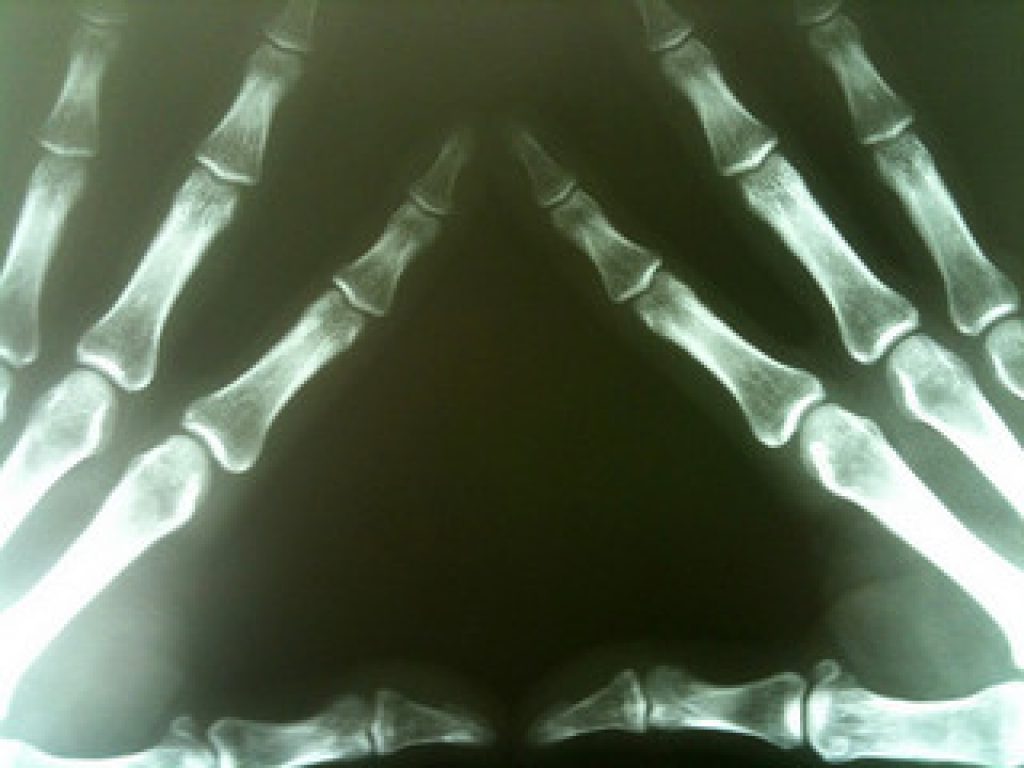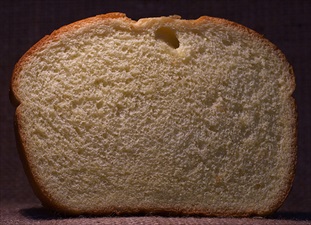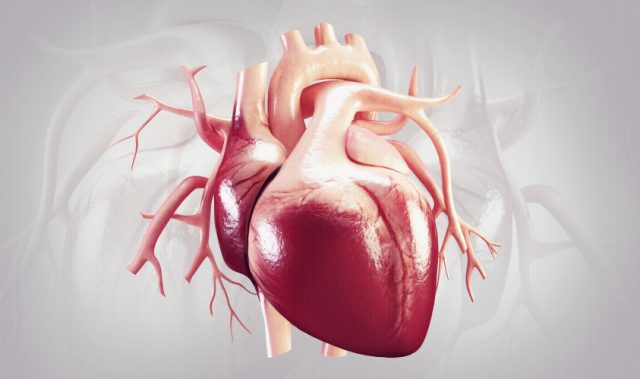
Asian Scientist (Jul. 16, 2013) – Children who suffer from arthritis could one day receive more targeted treatment, thanks to potential markers for the severity of the disorder discovered by researchers in Australia.
Childhood, or juvenile, arthritis can be a physically debilitating and emotionally challenging condition as those affected may be unable to perform even simple tasks because of joint swelling. Many children with arthritis also suffer from life-long psychological effects.
In their study, the researchers looked at 115 children with juvenile arthritis. Early results from the study showed that changes in the levels of particular molecules known as prostanoids in the blood of these patients may predict the course of arthritis more accurately.
It is hoped that the findings from this study may help design more precise treatment tailored to each individual in the future.
“Arthritis in children is almost as common as juvenile diabetes, with up to one in 500 children affected. Despite having many available treatments, not all children with arthritis will respond to standard therapies,” said Dr Christina Boros, leader of the study.
“So far, we’ve been able to determine relationships between the blood levels of molecules called prostanoids and disease activity in childhood arthritis. These appear to be more accurate than traditional blood markers of inflammation.”
“We are now expanding our study to look at a larger group of children with arthritis, and how prostanoids may predict arthritis disease activity over time as well as how the use of medications affects prostanoid levels.”
According to the researchers, having confirmed biomarkers could not only change how we treat the childhood arthritis, but also reduce the physical, emotional and financial burden of the disease.
——
Source: University of Adelaide; Photo: planetc1/Flickr.
Disclaimer: This article does not necessarily reflect the views of AsianScientist or its staff.












